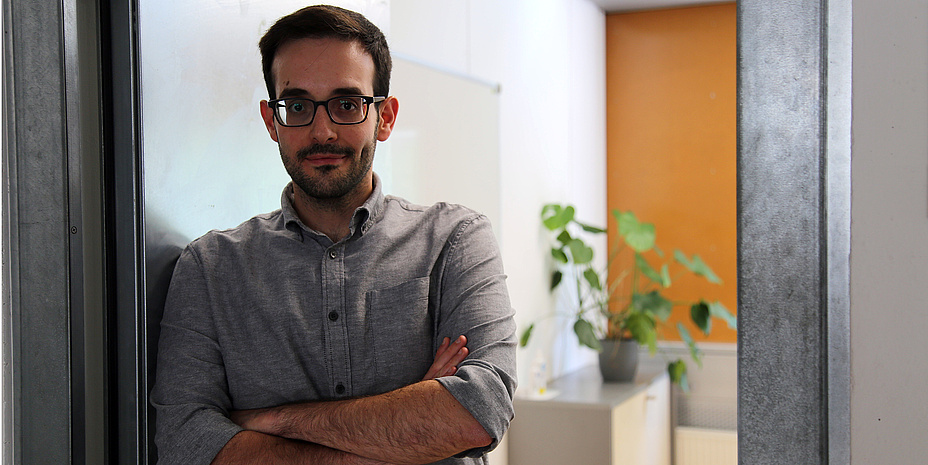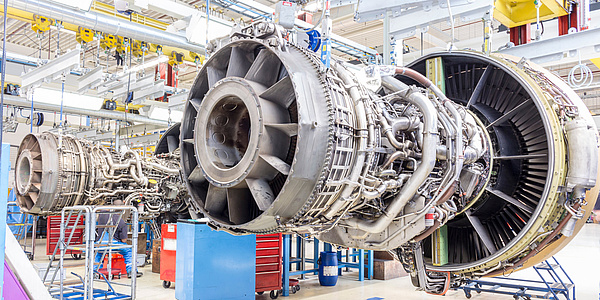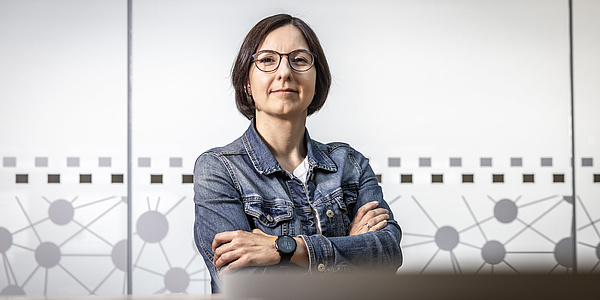On the Way to a Truly Intelligent AI

“AI models are often trained using freely available data from the internet that was not originally intended for this purpose,” explains Ozan Özdenizci. “The training data shouldn’t actually be visible at all, but by asking specific questions or simply playing around with an AI, users have even been able to find other people’s phone numbers or addresses.” This is a security problem that the researcher is addressing, among other things. Since May, Ozan Özdenizci has been working as an assistant professor at TU Graz and in the Bilateral AI project, where he has just started his research activities. He specialises in security and data privacy in small and efficient AI models that could run on a mobile phone, for example. This contrasts with the big and well-known large language models that are trained and operate on cloud servers. “With the small models, we can’t utilise the safety measures of the large models because they work completely differently.” According to the researcher, the solution lies above all in the design of the algorithms, that is, at the very basis of the AI models. In the project, he is primarily planning to collaborate with researchers from the field of symbolic AI and would like to integrate methods from this area that could provide better security in general. “The aim is to develop customised learning algorithms for small AIs.”
The Cluster of Excellence Bilateral AI, whisch is funded by the Austrian Sciends Fund FWF, is a joint research project of Graz University of Technology (TU Graz), Johannes Kepler University Linz, University of Klagenfurt, Vienna University of Economics and Business, TU Vienna and the Institute of Science and Technology Austria. The aim is to take artificial intelligence to the next level and take a further step towards Broad AI. At the centre are the currently most common approaches, symbolic and sub-symbolic AI. Symbolic AI works with logical rules, while sub-symbolic AI trains models (e.g., neural networks) with the help of large data sets (including, for example, large language models such as ChatGPT or neural networks). These two approaches are to be brought together in the project to create an artificial intelligence that can work cognitively and have human-like reasoning skills.
From the sea to the Mur
The researcher grew up in Istanbul, Turkey, where he studied electrical engineering at BSc and MSc levels. During his PhD, his interests shifted more and more towards neural engineering and he conducted research on signal processing in biomedical applications. At this time, AI research was taking its first big steps – for example, the AI AlphaGo, which learned to play Go at a level that could defeat the human world champions. “I found this incredibly exciting,” says Ozan. Machine learning with neural networks also became an increasingly important factor in his research. “It was a very natural development. I always worked on the topics that interested me the most at the time. And an artificial neural network is a very simple image of a complicated system.” A simple image of the human brain, which many researchers use as a model and inspiration for their AI models. “We are trying to replicate biological behaviour with code. The system is just numbers and metrics, but I can have a fluent conversation with it.”
The researcher came to Graz in 2020 after working in the USA and Germany. He still enjoys travelling the world today, and travels a lot with his wife. Especially in areas bordering the sea. “I grew up by the sea and I love the power of the waters, the smell and, above all, the food.” When he is not travelling, he spends most of his time working – his second great hobby, as he says himself. “There is so much going on in my field of research and I read a lot to stay informed.”
When will AI become truly intelligent?
He does not want to make any predictions about a truly broad and general AI, but does not believe that it is very close. “The current models are not even built for this. One often imagines that the models simply need to learn a lot more and are then actually intelligent. But unfortunately it doesn’t work like that. They can’t reason logically or process newly learnt knowledge like humans can.”
Rather, he believes that the current deep learning methods will continue to develop until they reach a saturation point. “With our project, however, we want to take a step forward and see whether this bilateral approach brings us closer to truly intelligent intelligence.”




